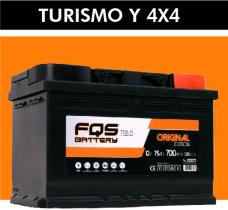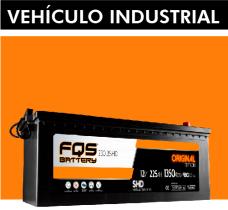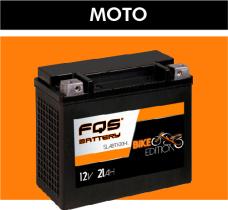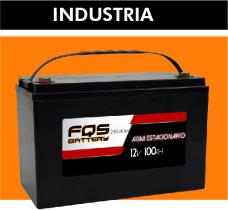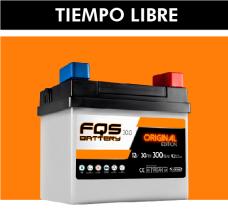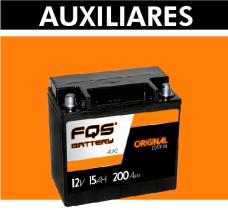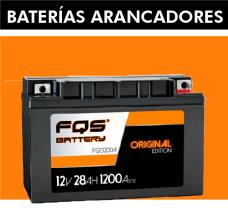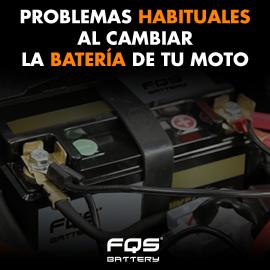Recordar contraseña
* Introduce un usuario o correo electrónico válido.
* Datos incompletos.
* Este correo electrónico está reportado como SPAM.
* El usuario introducido no existe.
* Ha ocurrido un error en el envío de la solicitud.
* Ha ocurrido un error en el envío de la solicitud.
* Ha ocurrido un error en el envío de la solicitud.
Los datos de acceso han sido enviados a tu correo electrónico.




